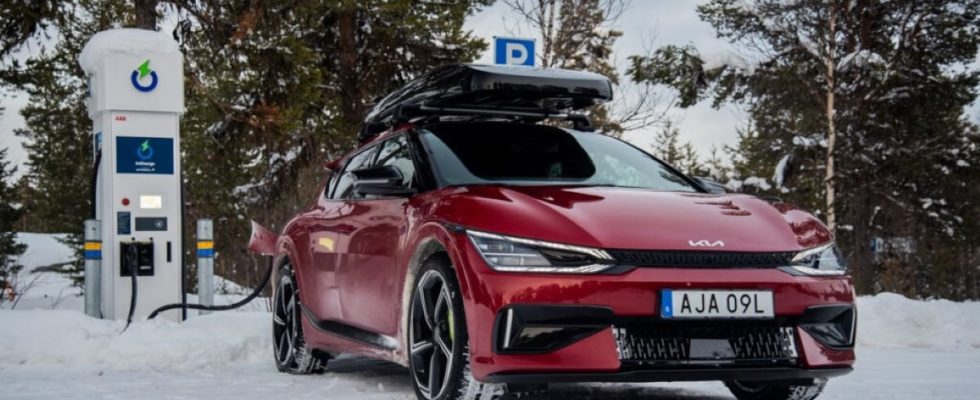Tobias Aspenberg, electric car expert at the electric company Tibber, believes that a mountain trip with an electric car should not be a problem at all.
He has composed a list of seven tips to make the trip with the electric car to the mountains easier.
Charge the car before the trip
A basic piece of advice is to make sure to charge the car before the journey, so that it is fully charged when you start. Tobias Aspenberg recommends that, if possible, you use so-called smart charging, which for example charges the car when the electricity price is at its lowest.
Sweden’s roads are not good for NATO
Don’t forget the charging cable at home
It is also important not to accidentally leave the car’s charging cable at home, mainly to be able to charge at slower chargers – for example at the destination. Fast chargers usually have built-in chargers. The usual Type-2 cable that most electric cars use is standard throughout Sweden.
Plan your trip carefully
It can also be good to try to avoid the times of the day when the roads are least busy. Traveling early in the morning or late at night can be a way to avoid charging queues at popular fast chargers. In addition, prices at certain stations are often lower at odd times of the day.
Tobias Aspenberg believes that long journeys with an electric car are at least as easy as with a diesel car, as long as you prepare properly.
Electric cars are taking over: Volvo has built its last diesel car
Charge at the correct battery percentage
The battery in your electric car cannot receive the same amount of current at all levels of charge. It is best to drive until the battery goes below 20 percent before stopping and charging, so that it goes as quickly as possible.
After the battery goes over 75 percent charge, the charging speed will also slow down significantly. Charging the battery all the way up to 100 percent at each stop therefore doesn’t do much good.
Check out where it’s cheap to charge
For some inexplicable reason, there is still a huge difference in price between different charging stations. Prices can vary from around 3 kWh all the way up to around 8 kWh.
It therefore pays to check where along the route you can recharge cheaply before you set off.
Regional Council wants to raise Stockholm’s congestion tax: At least SEK 55
Plug in the car quickly on arrival
Once you reach the mountains, it pays to connect the car to a charger immediately, as a cold battery has more difficulty receiving energy than a cold one.
When the car has just been used, the battery is still at working temperature, which means it charges much faster and more energy efficiently than if it were cold.
Purchase a portable charger
If you travel a lot back and forth between your home and your mountain cabin, it may be worth investing in a portable charging box.
One such can be moved between the home and the mountain cabin, and plugged into a standard three-phase outlet. As long as such is available both in the home and in the mountain cabin, an electrician is therefore not required for the installation.
Overtaking will be prohibited here at Easter
